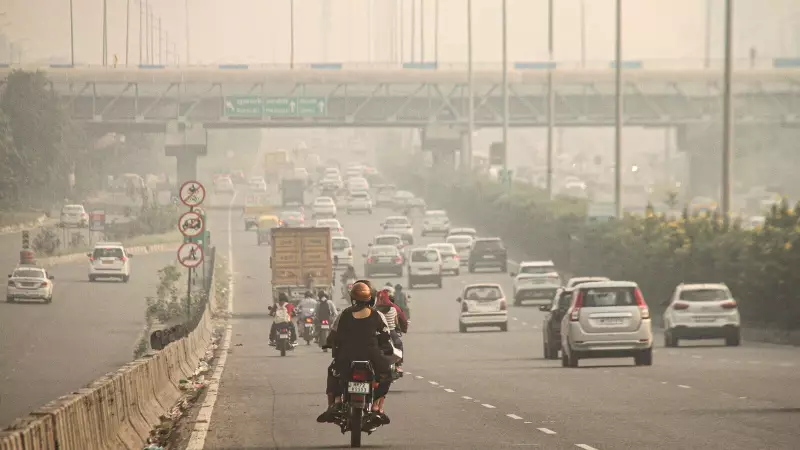
Delhi residents are facing a puzzling situation when checking air quality levels, as government sources and popular weather applications display significantly different AQI readings, creating confusion about the true severity of pollution in the national capital.
The Data Discrepancy Dilemma
While government platforms like the Central Pollution Control Board (CPCB) and SAFAR show AQI numbers in the 'poor' to 'very poor' categories, several weather apps and international monitoring services paint a much grimmer picture, often indicating 'severe' or 'hazardous' air quality levels. This inconsistency has left citizens wondering which data to trust for their daily activities and health precautions.
Government's Stance on the Variation
Officials from the Ministry of Earth Sciences have addressed these discrepancies, explaining that different monitoring methodologies and data processing algorithms contribute to the varying readings. The government's SAFAR system employs sophisticated monitoring stations and follows standardized protocols approved by Indian regulatory bodies.
Key factors contributing to the differences include:
- Different monitoring station locations and densities
- Varying calibration standards and measurement techniques
- Divergent data averaging methods and time periods
- Alternative algorithms for calculating the final AQI values
Understanding the Monitoring Systems
The government's primary monitoring system, SAFAR, operates high-quality stations strategically placed across Delhi, providing real-time data that undergoes rigorous quality checks. In contrast, many international apps and private services rely on different sensor technologies and computational models that may not account for local environmental factors specific to the Delhi region.
Impact on Public Health Decisions
This data divergence has practical implications for Delhi's residents. Parents deciding whether to send children to school, elderly individuals planning outdoor activities, and people with respiratory conditions all depend on accurate AQI information to make health-conscious decisions. The conflicting data creates uncertainty in these critical choices.
Environmental experts emphasize that while the absolute numbers may differ, all sources agree that Delhi's air quality remains a significant concern requiring immediate attention and sustained mitigation efforts.
The Way Forward for Air Quality Monitoring
Authorities suggest that residents should primarily rely on official government sources for the most accurate local readings, while using international apps as supplementary references. The government is also working on improving public awareness about how to interpret AQI data correctly and understanding the limitations of different monitoring systems.
As Delhi continues its battle against air pollution, the need for standardized, transparent, and easily understandable air quality information becomes increasingly crucial for public health protection and informed decision-making by the city's millions of residents.





